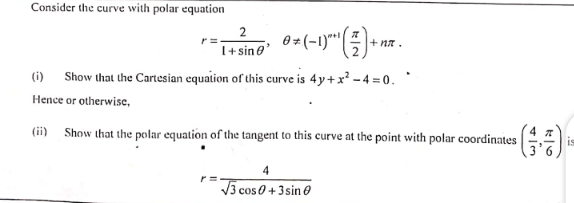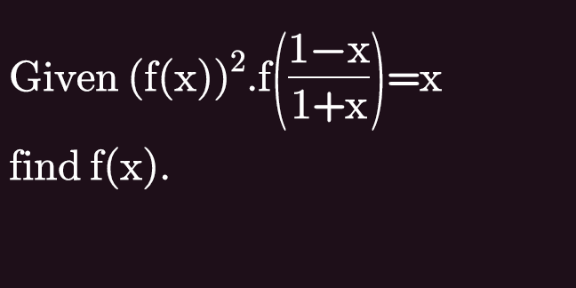
Relation and FunctionsQuestion and Answers: Page 13
Question Number 141413 Answers: 1 Comments: 0
Question Number 141220 Answers: 2 Comments: 0
Question Number 141219 Answers: 1 Comments: 0
Question Number 141218 Answers: 3 Comments: 0
Question Number 140982 Answers: 0 Comments: 3
Question Number 140978 Answers: 1 Comments: 0
Question Number 140958 Answers: 0 Comments: 0
Question Number 140828 Answers: 2 Comments: 0
$$\mathrm{factorise}\:\mathrm{3k}^{\mathrm{2}} \:+\mathrm{2kh}−\mathrm{8h}^{\mathrm{2}} \\ $$
Question Number 140748 Answers: 3 Comments: 0

Question Number 140747 Answers: 0 Comments: 0

Question Number 140638 Answers: 3 Comments: 0
Question Number 140637 Answers: 1 Comments: 0
Question Number 140636 Answers: 2 Comments: 0
Question Number 140531 Answers: 1 Comments: 0
Question Number 140470 Answers: 2 Comments: 0
Question Number 140387 Answers: 1 Comments: 0

Question Number 140325 Answers: 1 Comments: 0
Question Number 140076 Answers: 2 Comments: 6

Question Number 140073 Answers: 1 Comments: 0
Question Number 140071 Answers: 1 Comments: 0
Question Number 139954 Answers: 2 Comments: 0

Question Number 139711 Answers: 0 Comments: 2
Question Number 139639 Answers: 1 Comments: 1
Question Number 139612 Answers: 1 Comments: 0
Question Number 139592 Answers: 2 Comments: 0
Question Number 139032 Answers: 1 Comments: 0

